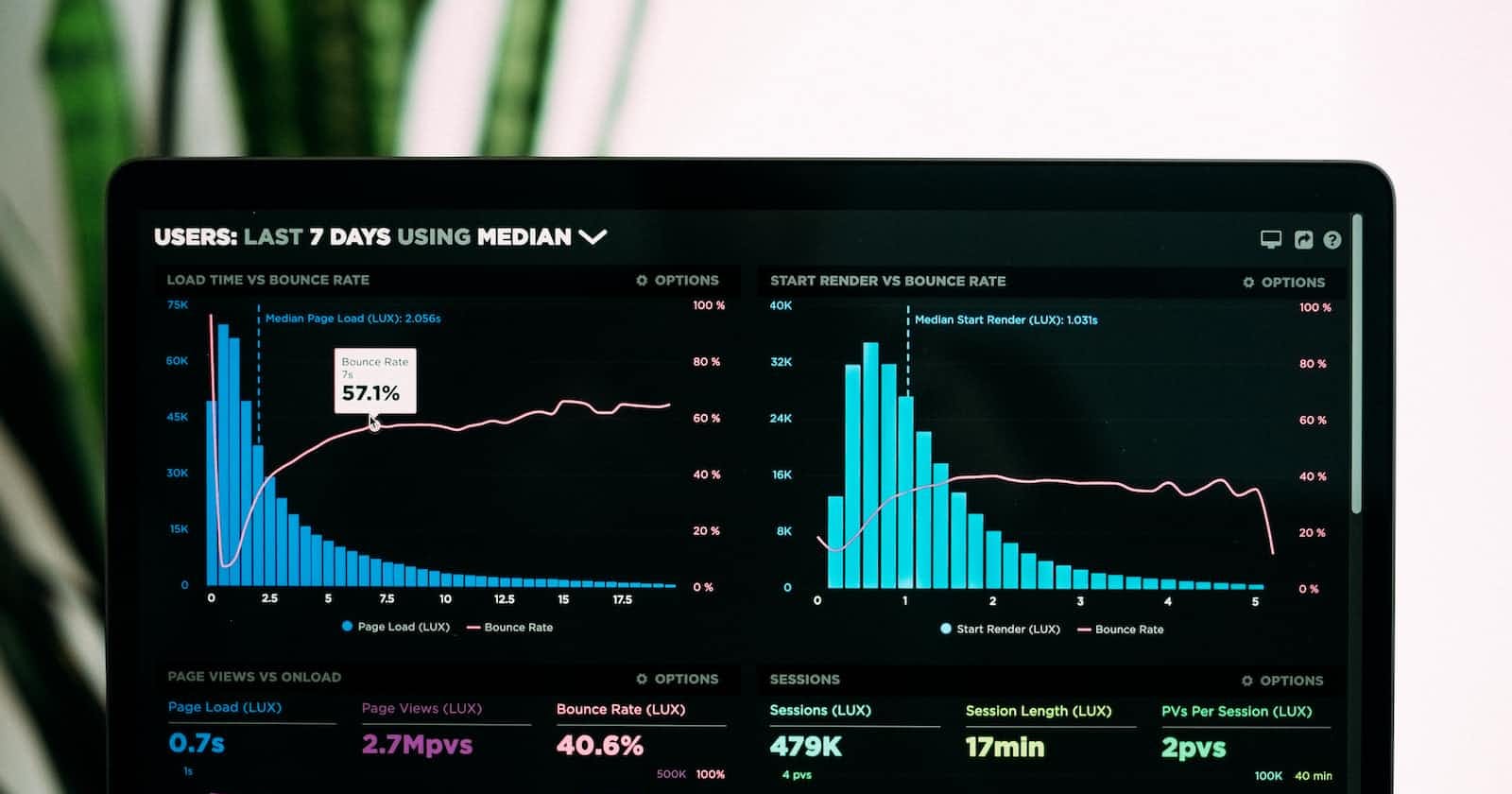Table of contents
No headings in the article.
Data engineering is expanding quickly in the technology sector. The demand for knowledgeable data engineers has never increased as more businesses rely on data to guide their business decisions. Azure is a wonderful place to start if you're trying to enter the Data Engineering sector. Azure's robust cloud-based services make it simple to design, create, and maintain scalable, secure, and reliable data structures and pipelines.
Consider that you are employed by a retail business that wants to examine its sales data to better understand consumer behavior and enhance its sales tactics. The goal assigned to your team is to create a data pipeline that will gather sales data from various sources, format it for usage, and feed it into a data warehouse for analysis. Data engineering can help in this situation.
Data Engineering involves a variety of processes and tools that work together to create efficient and reliable data processing systems. These include data modeling, ETL (Extract, Transform, Load), data warehousing, data visualization, and data governance.
Data Modeling: Data modeling is the process of designing a data schema that describes the structure and relationships of the data in a database. This promotes uniformity, accuracy, and effectiveness in the handling and archiving of data.
ETL: ETL (Extract, Transform, Load) is a process for transferring data from source to target. ETL pipelines extract data from the source, transform it into a usable format, and load it into the target system, such as a data warehouse or a data lake.
Data Warehousing: The process of gathering and storing data from several sources in a single location for analysis and reporting is known as data warehousing. Data warehouses are often optimized for read-intensive workloads and are built to handle complicated queries and high-performance analytics.
Data Visualization: It is used to convey insights and trends to stakeholders by using graphs, charts, and dashboards to help make informed data-driven decisions.
Data Governance: Data governance is the process of managing the availability, usability, integrity, and security of data. Data governance policies and procedures ensure that the data is well managed throughout its lifecycle, from collection to disposal.
Conclusion: Data Engineering is a complex and constantly evolving field, but with Azure, it's easy to get started. By leveraging Azure's cloud-based services, you can design, build, and maintain scalable, secure, and reliable data architectures and pipelines that meet the needs of your organization. Whether you're looking to break into the field of Data Engineering or simply looking to upgrade your skills, Azure is a great place to start. So what are you waiting for? Get started with Data Engineering using Azure today!

